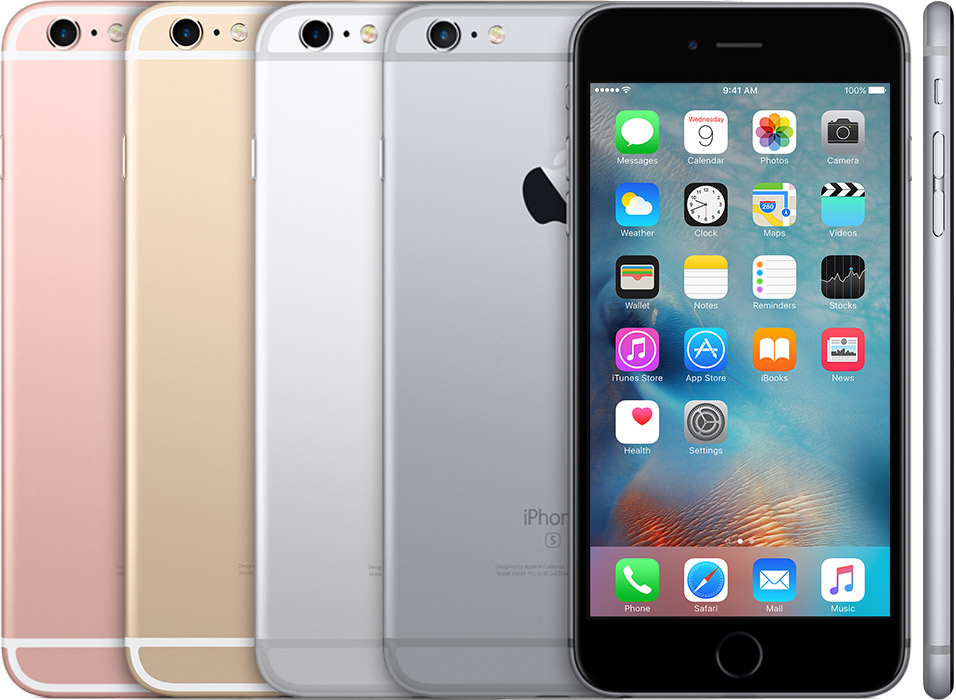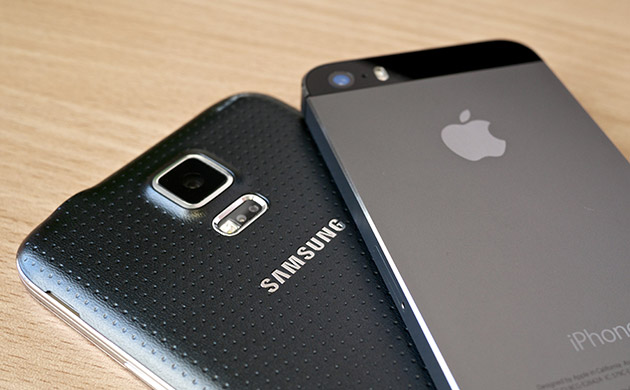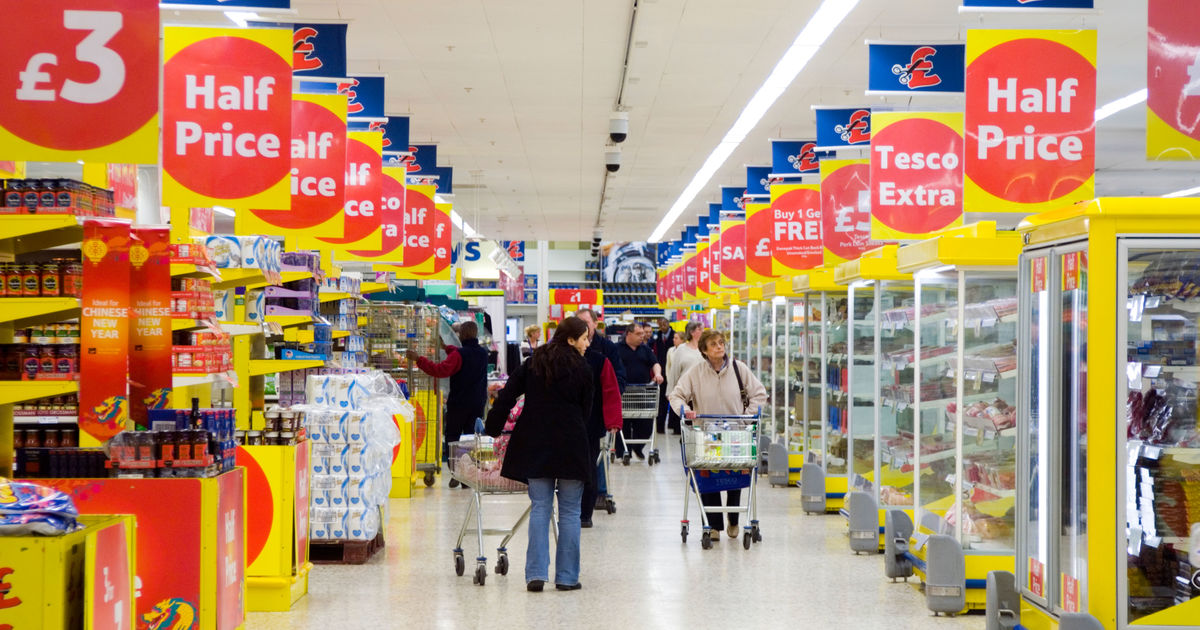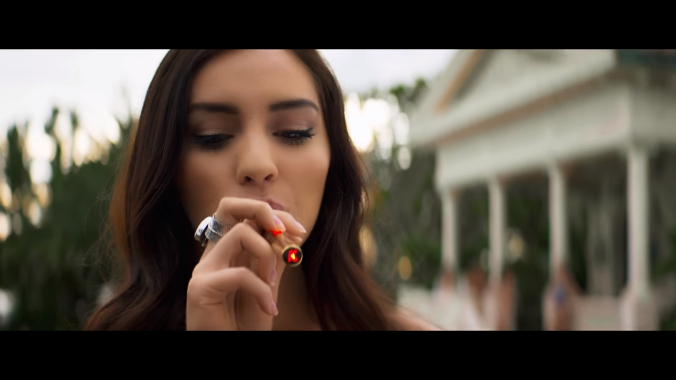Apple have iPhone, Sony have PlayStation, but is having one successful product enough for any business? If consumers are already satisfied by one product a company has to offer perhaps they are more likely to trust the business with other product lines.
Wilson & Persson (2017) refer to this behaviour as brand loyalty and describe it as when the consumer perceives a brand to offer more value over other brands and are willing to pay more for it because of the brand attached to the product.

Image: Source
For example someone who already has an iPhone may value Apple’s brand more than someone who has no Apple products. The customers that already have products from a particular brand may be more likely to purchase new products from the same brand because they value the brand more.
This theory of brand loyalty works well in Apple’s favour because they have a premium pricing strategy so their customers are willing to pay more for their products if they already value the brand. Every year consumers buy the new iPhone despite despite only purchasing one the previous year. This “upgrade” tradition is a form of brand loyalty consumers have with Apple.
Brand loyalty also works well for Samsung as they have a wide range of tech products such as smart TVs, smart phones, and freezers. Consumers looking to purchase new equipment for their household who already own a Samsung phone may value Samsung enough to purchase one of their smart TVs.
Self categorisation is another theory that affects brand loyalty. This involves when an individual places themselves in a social category. When a consumer purchases an Apple product and becomes loyal to that brand they sometimes place themselves in a category of an “Apple user” and relate less to products from other brands. The same applies to Samsung users who may relate less to Apple products for this same reason. (Templeton, 2017)

Image: Source
Templeton (2017) explains that self categorisation can change how a consumer perceives other individuals. For example if you attend a concert and you are surrounded by people who also like the same music, the individual identifies more with the crowd and finds the environment less crowded. This can cause consumers to form rivalry between brands and the people that associate with rival brands.
Sometimes consumers can form an emotional attachment to products which expands to the brand itself. (Badrinarayanan et al, 2016) This behaviour can further encourage brand loyalty from consumers.
All three of these theories combined contribute to what makes consumers identify with a brand and cause them to form a preference on which brand to buy from.
Joe Okay of Smart Vendee
References
Templeton, A.M., 2017. Physical crowds and psychological crowds: applying self-categorization theory to computer simulation of collective behaviour (Doctoral dissertation, University of Sussex).
Badrinarayanan, V., Suh, T. and Kim, K.M., 2016. Brand resonance in franchising relationships: A franchisee-based perspective. Journal of Business Research, 69(10), pp.3943-3950.
Wilson, A. and Persson, N., 2017. The Interplay Between Brand Loyalty and Brand Satisfaction: A qualitative study of consumers in the clothing industry.
Images
https://s.aolcdn.com/hss/storage/midas/7b0f302bc236936a80ef0bf9781e7cad/200088609/samsung-apple .jpg
Feature Image: Source














